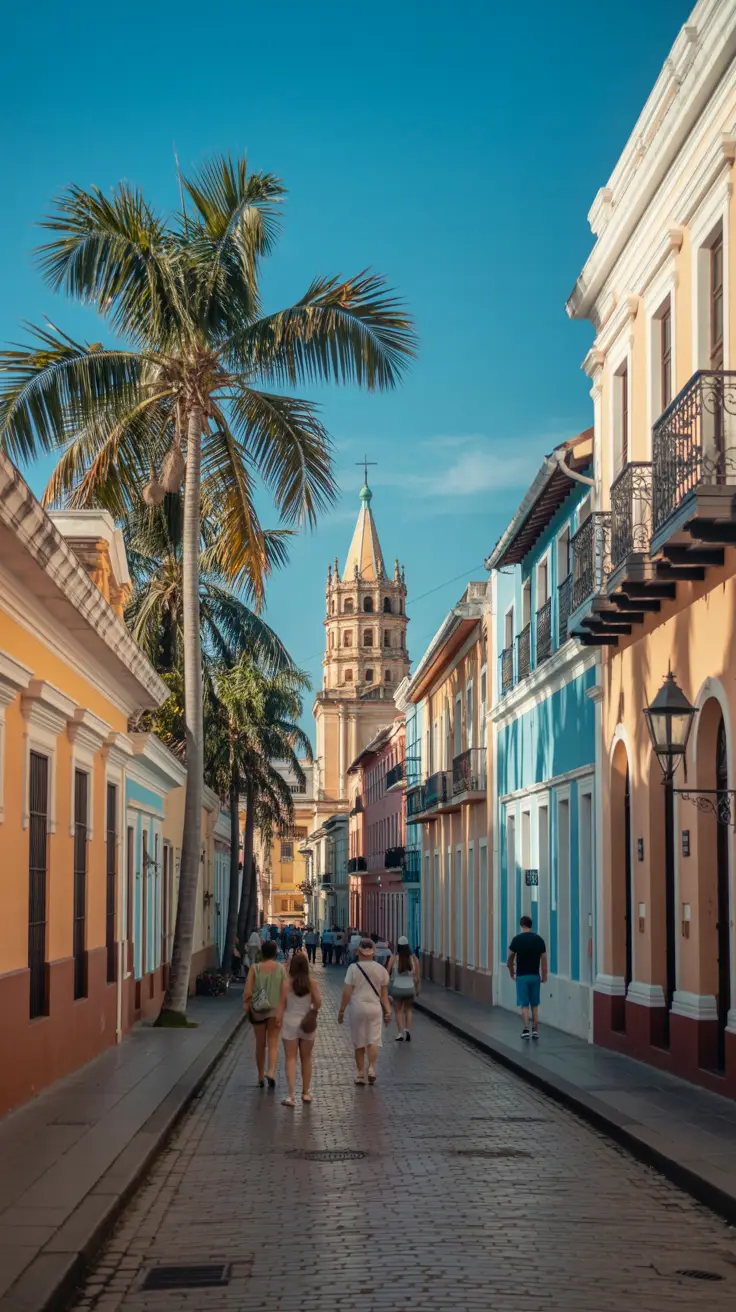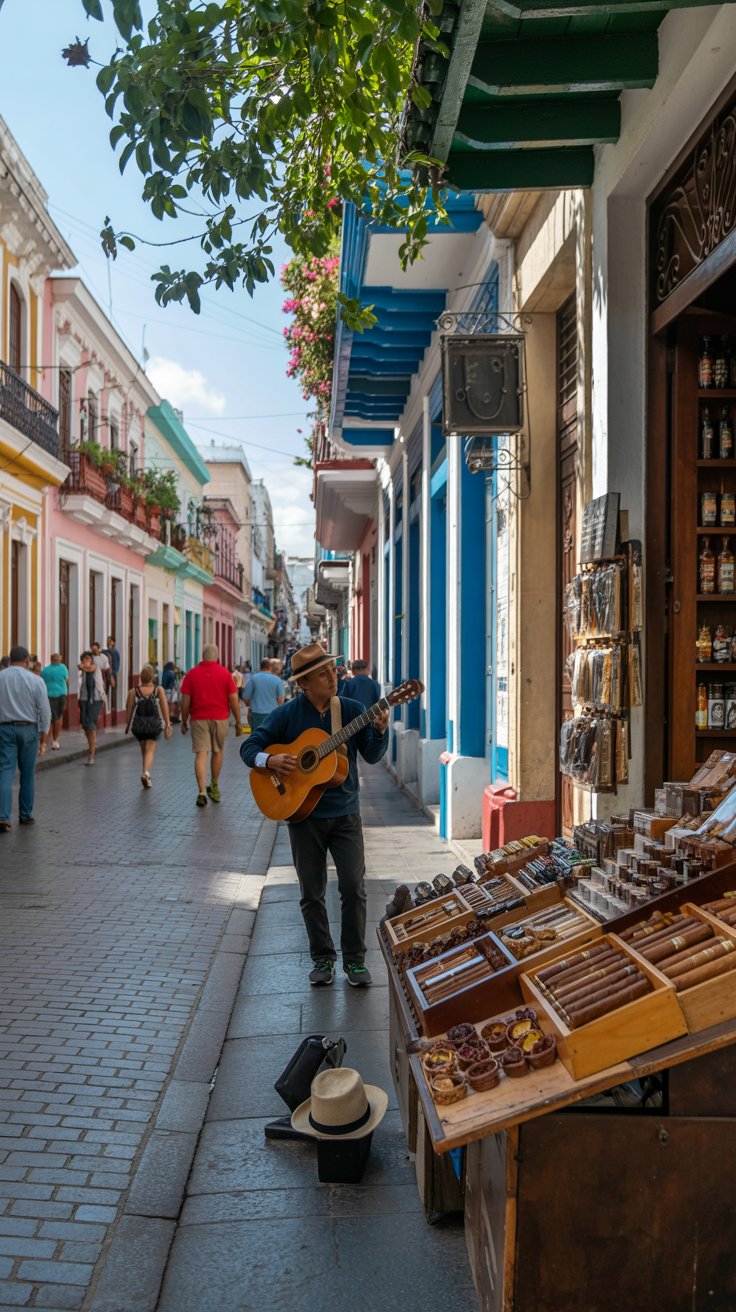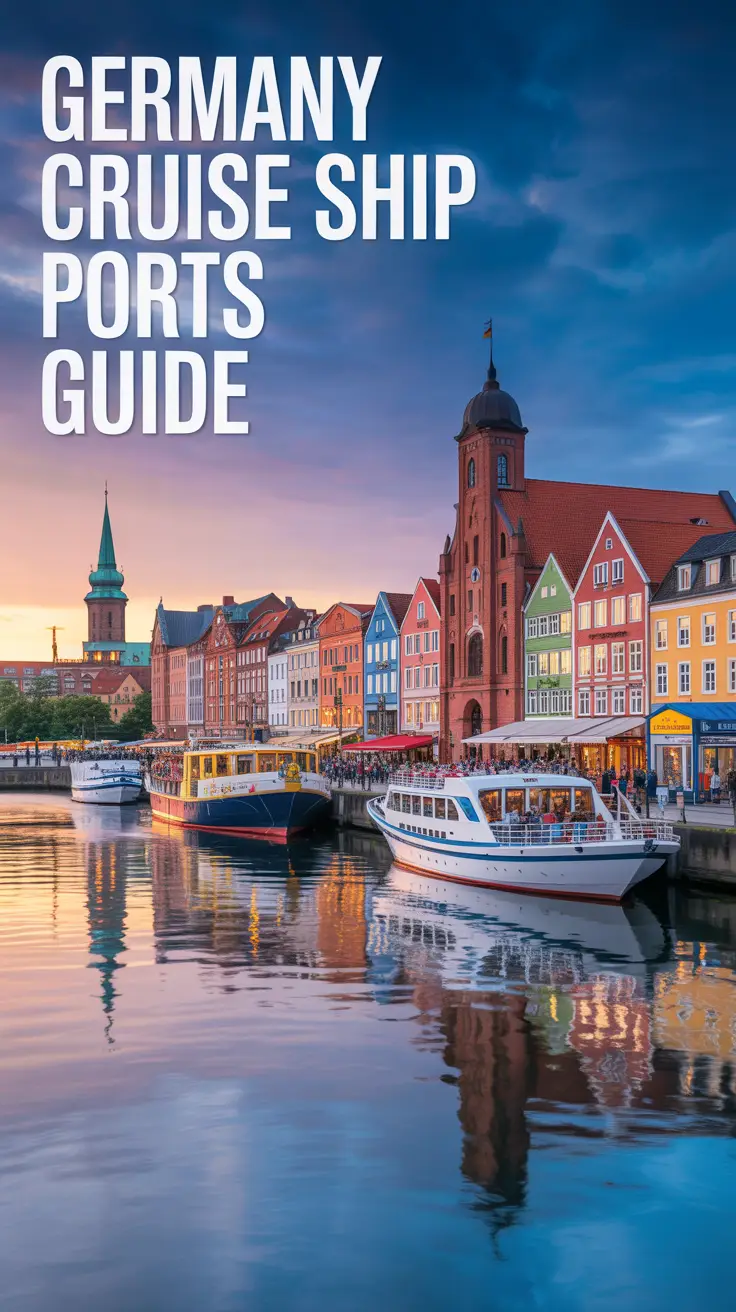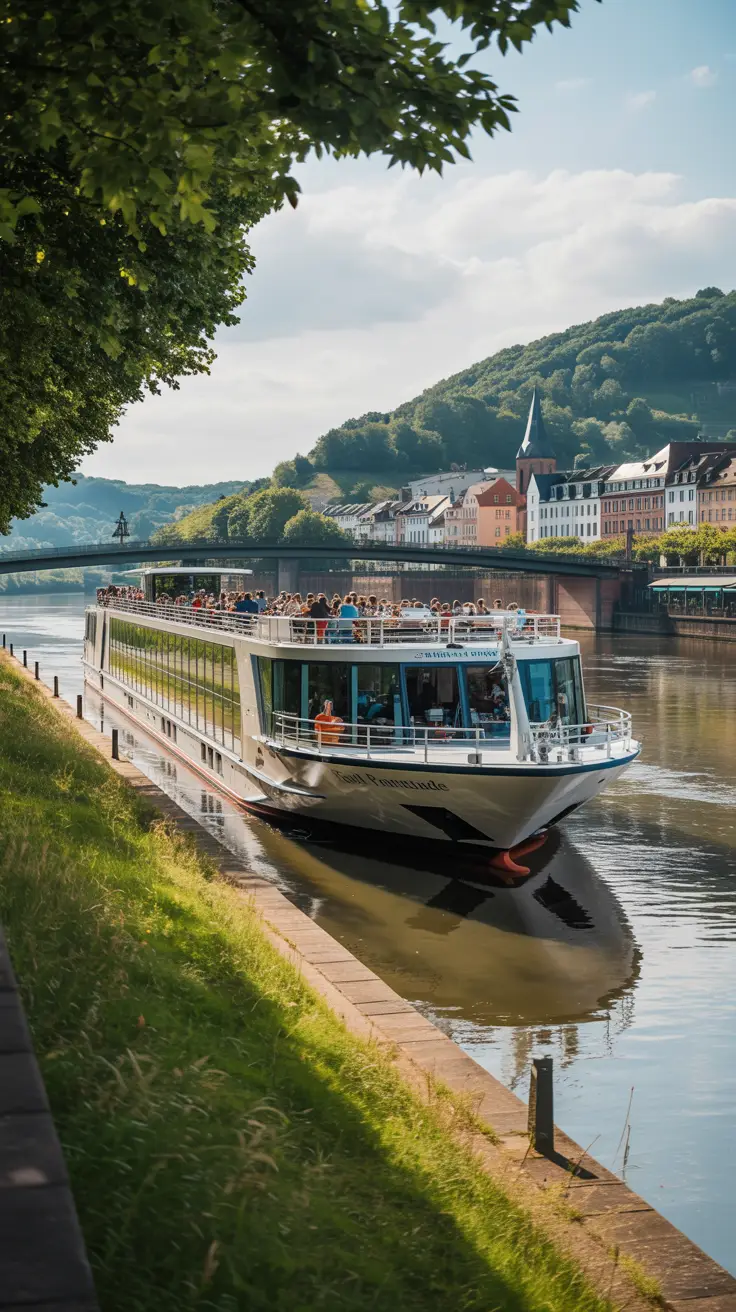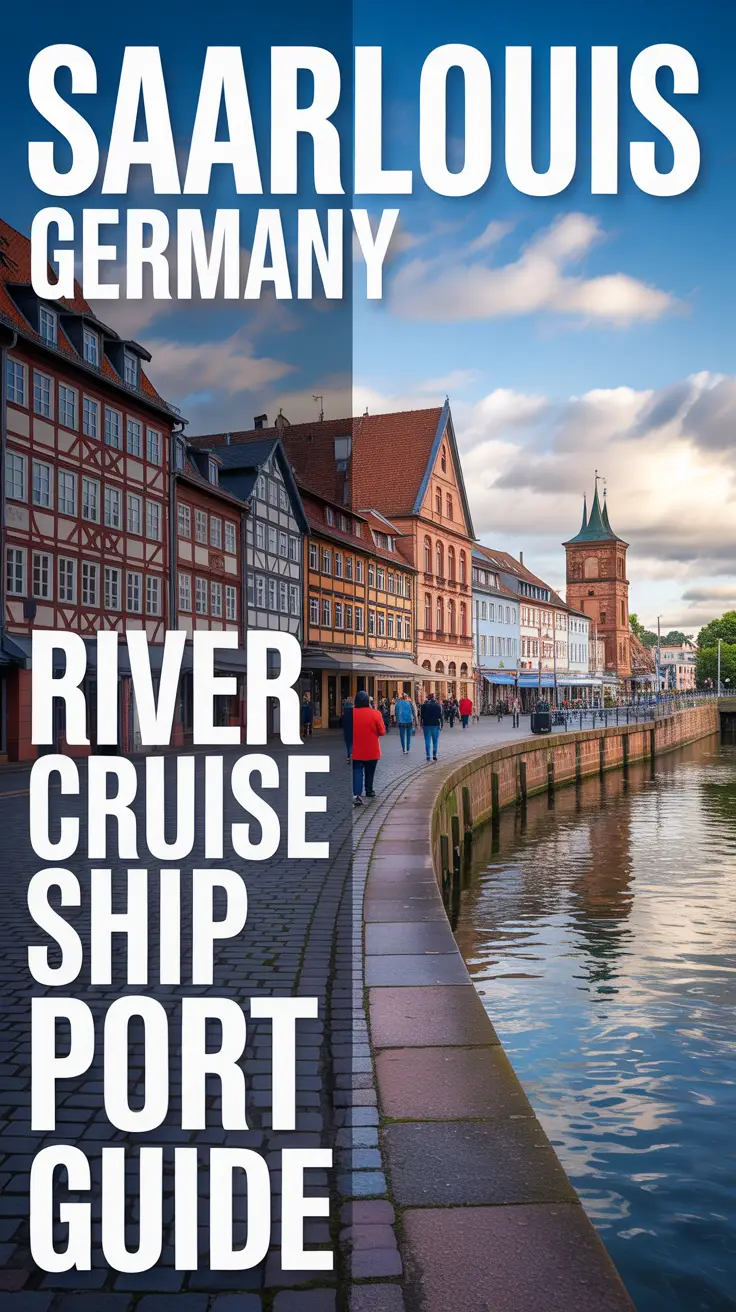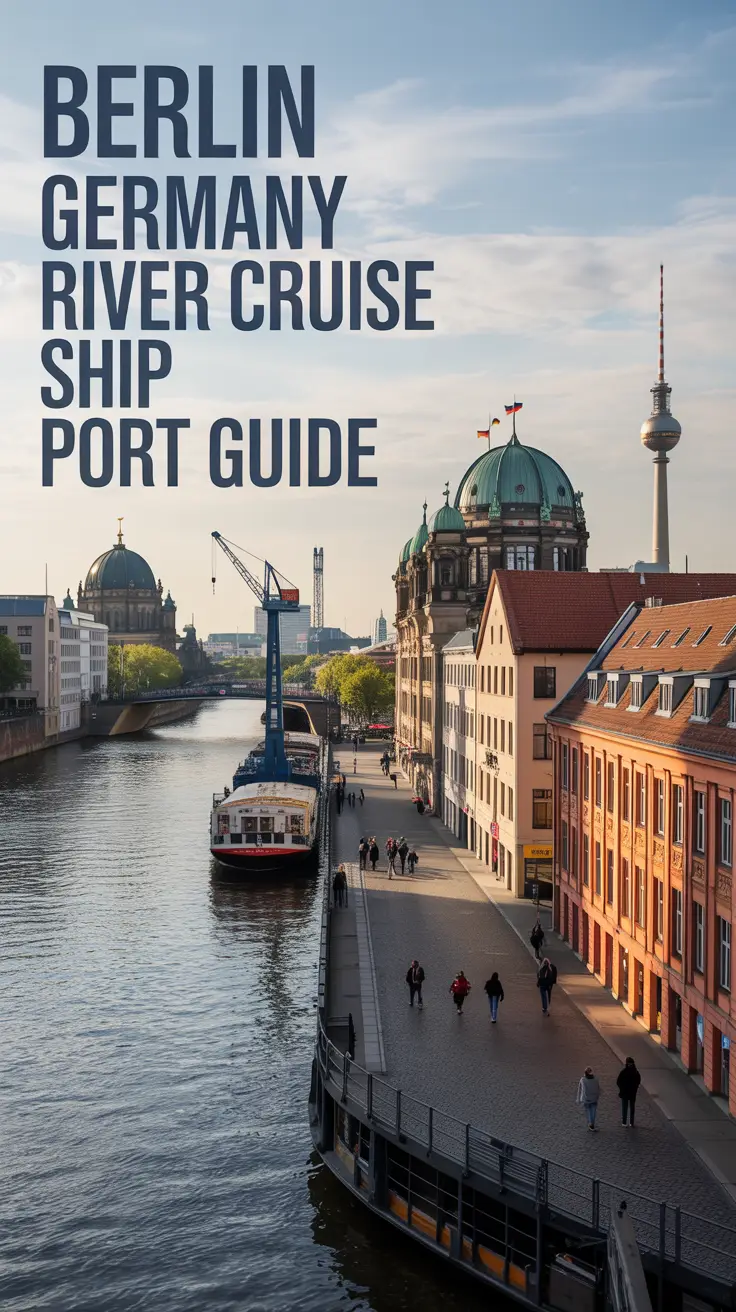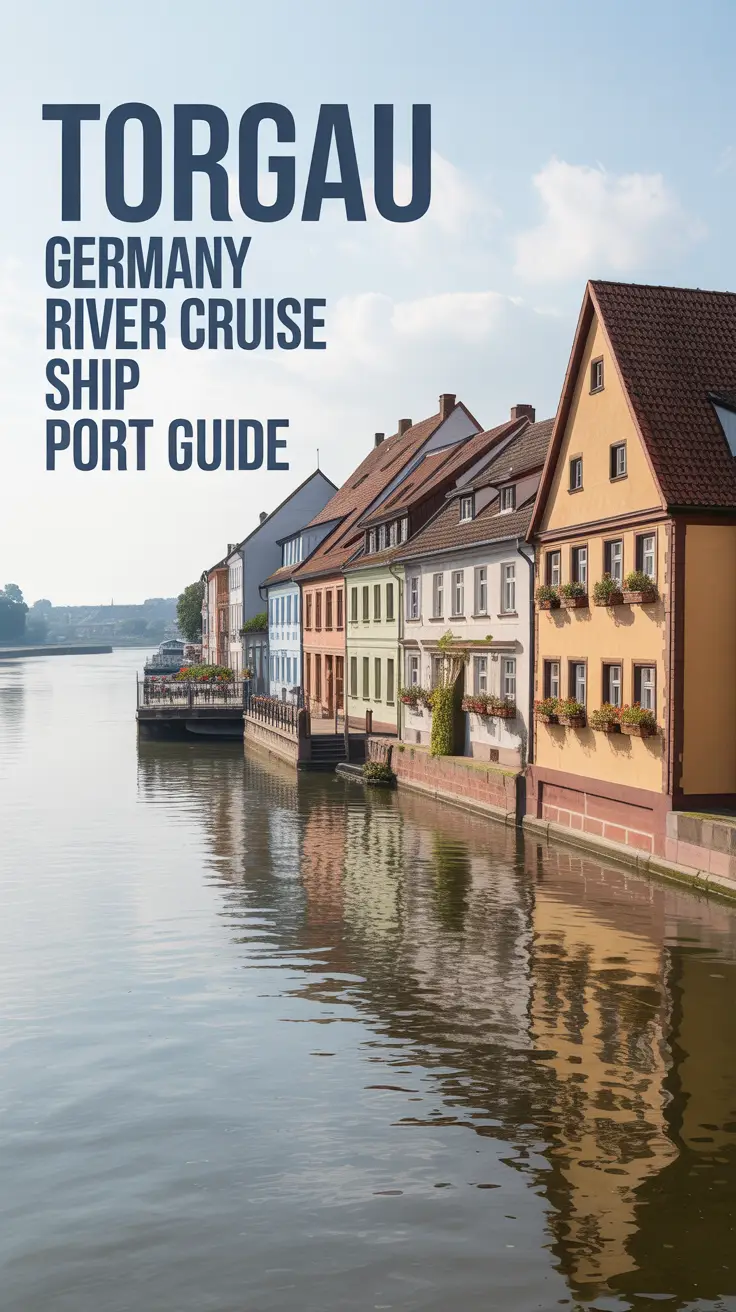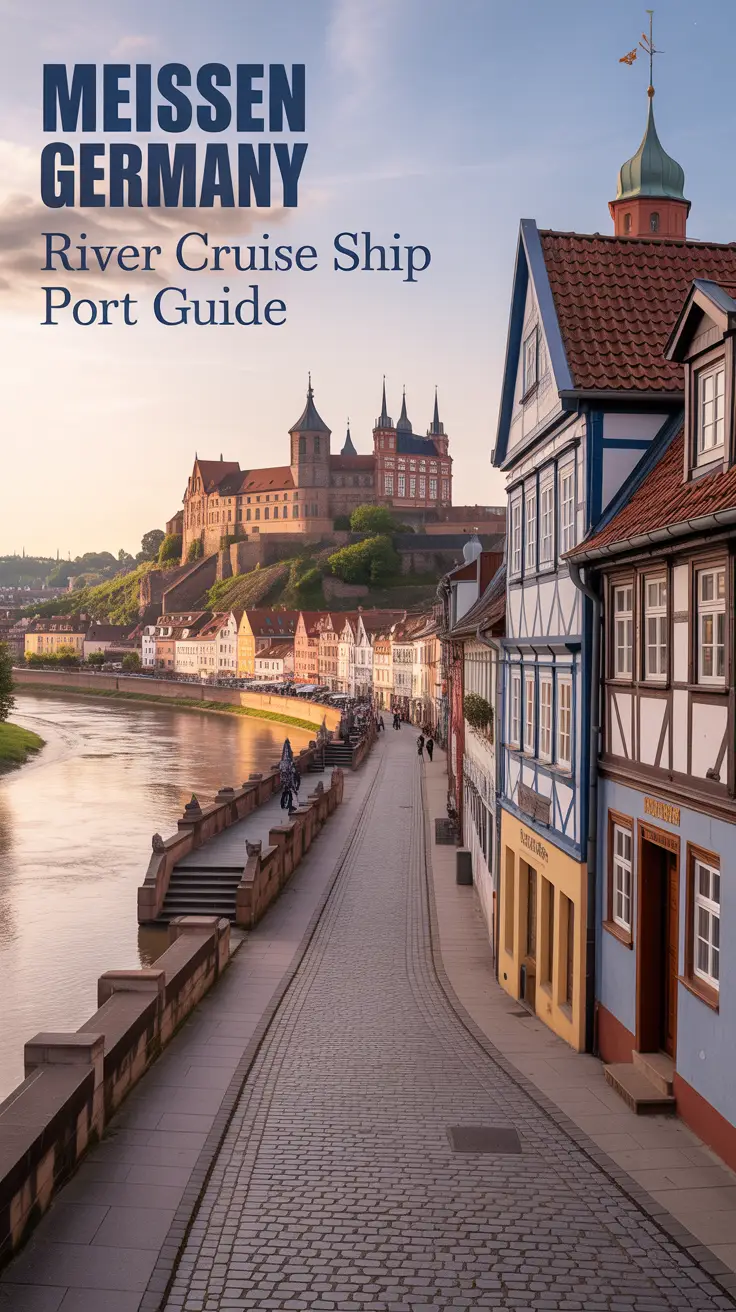The moment you step off your cruise ship in Santo Domingo, you’re about to experience something truly magical – the oldest European settlement in the Americas. As someone who’s guided countless cruisers through these cobblestone streets, I can tell you that the Zona Colonial isn’t just a UNESCO World Heritage site; it’s a living, breathing museum where Christopher Columbus once walked and where merengue still spills from every doorway.
The beauty of exploring on foot is that you’ll discover hidden courtyards, stumble upon impromptu street performances, and maybe even catch a glimpse of locals playing dominoes in Plaza de Armas. But here’s the insider secret: timing is everything, and knowing which route to take can make the difference between a good day and an absolutely unforgettable one.
8 Best Walking Routes Through Santo Domingo’s Zona Colonial
Route 1: The Columbus Connection
Start your journey at the Alcázar de Colón, the palatial home of Christopher Columbus’s son, Diego. This isn’t just any old museum – it’s where the Columbus family actually lived and governed the New World. The building itself is a masterpiece of coral stone architecture, but here’s what most cruise passengers miss: the best photo opportunities are from the Plaza de Armas, not inside the palace.
From the Alcázar, walk along the Ozama River to the Fortaleza Ozama, the oldest European fortress in the Americas. The fortress walls offer stunning views of the Ozama River, and if you’re lucky enough to visit during sunset, the golden light reflecting off the water creates pure magic. Pro tip: the fortress can get crowded with tour groups around 10 AM, so arrive early or wait until after 3 PM.
This route connects beautifully with Columbus Lighthouse experiences, which provide additional context about the explorer’s legacy in the Dominican Republic.
Route 2: Cathedral Quarter Discovery
The Catedral Primada de América deserves its own dedicated route because it’s not just the oldest cathedral in the Americas – it’s where Columbus’s remains were supposedly housed for centuries. The Gothic and Renaissance architecture will leave you speechless, but the real treasure is the small museum inside that most visitors overlook.
After exploring the cathedral, meander through the surrounding streets where you’ll find some of the best preserved colonial architecture. The buildings here aren’t just pretty facades; many still house families who have lived in the Zona Colonial for generations. You might notice residents hanging laundry from ornate balconies or children playing in courtyards that have echoed with laughter for 500 years.
Route 3: The Merchant’s Trail
Calle El Conde is the heart of Dominican commerce, and walking this pedestrian street feels like stepping into a vibrant marketplace. This route takes you from Plaza de Armas to Parque Independencia, passing through the commercial soul of the old city. You’ll find everything from hand-rolled cigars to locally made chocolate, but be prepared for some enthusiastic salesmanship.
The challenge here is avoiding the tourist traps while finding authentic Dominican products. Here’s what to look for when shopping:
- Shops where locals are actually shopping – your best indicator of quality and fair prices
- Artisans working on-site rather than just selling imported goods
- Vendors who can explain the origin and process of their products
- Fair pricing without excessive tourist markup
The street performers along this route are particularly talented, and a small tip goes a long way toward supporting local artists. For those wanting to capture these moments, consider investing in a professional camera to document the vibrant street life.
Route 4: Literary and Cultural Heritage Path
Book enthusiasts and culture aficionados will appreciate this route, which connects several small museums and cultural centers. Start at the Casa de los Jesuitas, then wind your way to the Panteón Nacional, where some of the Dominican Republic’s most important historical figures are entombed.
The architecture along this route showcases the evolution of colonial building techniques, from the early 1500s through the 1700s. You’ll notice how building styles adapted to the tropical climate, with features like thick walls for cooling and covered walkways for rain protection. The courtyards in this area often contain hidden gardens where locals grow medicinal plants that have been used for centuries.
This cultural immersion pairs well with exploring Santo Domingo’s historic sites, which provide deeper context about the city’s remarkable heritage.
Route 5: Waterfront Wandering
The Malecón isn’t technically within the Zona Colonial boundaries, but this waterfront promenade connects beautifully with the historic district and offers breathtaking views of the Caribbean Sea. This route is perfect for cruise passengers who want to see both historical sites and natural beauty.
Start at the Puerta del Conde, then walk toward the water. The contrast between ancient stone walls and modern waterfront development tells the story of a city that honors its past while embracing the future. The sea breeze provides welcome relief from the Caribbean heat, and you’ll often find local families enjoying picnics along the waterfront.
Route 6: Hidden Courtyards and Secret Gardens
This route requires a bit more adventurous spirit because it takes you off the main tourist paths into residential areas of the Zona Colonial. Many of the colonial houses feature stunning interior courtyards that are occasionally visible from the street. Some homeowners don’t mind curious visitors taking a respectful peek, especially if you ask politely in Spanish.
The secret gardens tucked behind colonial walls often contain fruit trees and flowering plants that have been growing for decades. Common finds include:
- Mango trees with fruit hanging over ancient stone walls
- Coconut palms creating natural shade in tiny courtyards
- Flowering bougainvillea in brilliant purples and pinks
- Medicinal herbs grown for traditional remedies
Just remember to respect private property and ask permission before entering any courtyards. Many residents are proud to share their heritage with respectful visitors.
Route 7: Artisan and Workshop Tour
The Zona Colonial is home to numerous artisan workshops where skilled craftspeople create everything from hand-carved wooden sculptures to intricate jewelry. This route connects several of these workshops, giving you the chance to see traditional Dominican crafts being made and to purchase authentic souvenirs directly from the artists.
The larimar workshops are particularly fascinating because this beautiful blue stone is found only in the Dominican Republic. Watching skilled artisans cut and polish larimar is mesmerizing, and you’ll learn why this stone is considered the national gem. The amber workshops are equally impressive, often featuring pieces with perfectly preserved insects or plant matter from millions of years ago.
For those interested in other Dominican ports and their unique crafts, Puerto Plata offers different artisan experiences that complement what you’ll find in Santo Domingo.
Route 8: Night Magic Discovery
The Zona Colonial transforms after dark, and this route is designed for evening exploration when the colonial buildings are beautifully lit and the streets come alive with music and laughter. Many of the historic buildings are illuminated, creating a romantic atmosphere that’s perfect for photography.
The challenge with night walking is that some areas can be poorly lit, so stick to well-traveled streets and consider joining other cruise passengers for safety. The reward is experiencing the vibrant nightlife that makes Santo Domingo one of the Caribbean’s most exciting cities. You’ll hear merengue and bachata music flowing from bars and restaurants, and you might even catch an impromptu street dance performance.
Essential Walking Gear and Preparation
Comfortable walking shoes are absolutely essential – those cobblestone streets are beautiful but unforgiving on inappropriate footwear. The stones can be slippery when wet, so exercise extra caution if you’re visiting during rainy season. Consider investing in quality walking shoes specifically designed for uneven surfaces.
What to Pack for Your Walking Adventure:
| Essential Item | Why You Need It | Pro Tip |
|---|---|---|
| Water bottle | Caribbean heat and stone surfaces reflect heat | Freeze it overnight – melts slowly providing cold water |
| Portable phone charger | GPS navigation and photography drain batteries | Solar chargers work well in sunny climates |
| Cash in small bills | Street vendors and small shops prefer cash | Keep money in different pockets for security |
| Translation app | Building plaques and signs often only in Spanish | Download offline version before leaving ship |
| Comfortable day pack | Carry water, purchases, and personal items | Choose one with padded straps for comfort |
A reliable water bottle becomes your best friend when exploring these historic streets under the Caribbean sun.
Timing Your Visit
Most importantly, don’t rush. The Zona Colonial reveals its secrets slowly, and the best discoveries often happen when you’re least expecting them. Allow extra time for getting lost – it’s part of the adventure, and the locals are generally helpful with directions.
For timing your visit around local holidays and events, check the Public Holidays in Dominican Republic to plan accordingly, as some attractions may have modified hours or special celebrations.
Best Times to Visit Each Route:
- Morning (7-9 AM): Routes 1, 2, and 4 – fewer crowds at major sites
- Mid-morning (9-11 AM): Routes 3 and 7 – shops and workshops fully operational
- Afternoon (2-4 PM): Routes 5 and 6 – cooler temperatures, good lighting
- Evening (5-7 PM): Route 8 – buildings begin lighting up, cooler weather
Weather considerations are crucial for planning your walking routes. Check the Santo Domingo weather guide before your visit to prepare appropriately.
Insider Tips from Local Guides
Here’s what cruise directors rarely tell you: the best Dominican coffee isn’t found in tourist shops but in small local cafés where businesspeople grab their morning cortadito. These tiny establishments often serve the most authentic coffee experience you’ll find anywhere in the Caribbean.
If you’re interested in history, watch for the small plaques on buildings that indicate historical significance – many are only in Spanish, so having a translation app handy can unlock fascinating stories about the buildings you’re admiring.
The Zona Colonial’s street art scene is thriving, with many colonial walls featuring beautiful murals that blend historical themes with contemporary Dominican culture. These artworks change regularly, so each visit offers new discoveries.
Photography and Documentation Tips
The interplay of light and shadow on colonial architecture creates incredible photographic opportunities throughout the day. Early morning light streaming through narrow streets produces dramatic effects, while the golden hour before sunset makes everything glow.
For those serious about capturing memories, consider the best Instagram spots in Santo Domingo to plan your photography strategy.
Safety and Budget Considerations
The Zona Colonial is generally safe for tourists, but common-sense precautions apply. Stay aware of your surroundings, don’t flash expensive jewelry or electronics, and stick to well-traveled areas, especially after dark.
For comprehensive planning information, consult the Santo Domingo safety guide and budget planning resources to make the most of your visit.
Connecting with Other Dominican Experiences
Santo Domingo serves as an excellent introduction to Dominican culture and history. Many cruise passengers use this cultural foundation to better appreciate other Dominican ports like La Romana or Samaná, each offering different perspectives on this fascinating country.
The historical context you gain from walking these routes enriches experiences at other Caribbean destinations as well. Understanding Spanish colonial history here provides valuable background for visiting other ports throughout the Greater Antilles.
Common Questions
Can I complete multiple routes in one day? Absolutely, but I’d recommend focusing on 2-3 routes maximum to truly appreciate what you’re seeing. The Zona Colonial is compact enough that you can easily combine shorter routes, but rushing through diminishes the experience.
Are there public restrooms along these routes? Public facilities are limited, but most restaurants and cafés will allow you to use their restrooms if you purchase a drink or snack. The major museums and tourist sites also have facilities available.
What’s the best time of day to avoid crowds? Early morning (before 9 AM) and late afternoon (after 4 PM) tend to be less crowded. Most tour groups arrive mid-morning and stay through early afternoon, so timing your visit outside these windows provides a more intimate experience.
Is it safe to carry a camera while walking these routes? Generally yes, but use common sense. Keep expensive equipment secure and be aware of your surroundings. The Zona Colonial is well-patrolled, but petty theft can occur in any tourist area.
Do I need to know Spanish to enjoy these walks? Not at all, though a few basic phrases will enhance your experience. Many shopkeepers and restaurant staff speak some English, and locals appreciate any effort to communicate in Spanish, even if it’s just “por favor” and “gracias.”
The Zona Colonial isn’t just a destination – it’s a journey through time where every cobblestone has a story and every building holds secrets. These eight routes offer different perspectives on the same magical place, ensuring that your cruise stop in Santo Domingo becomes one of those travel experiences you’ll treasure forever. The real magic happens when you stop treating it like a museum and start experiencing it as the living, breathing heart of Dominican culture that it truly is.

